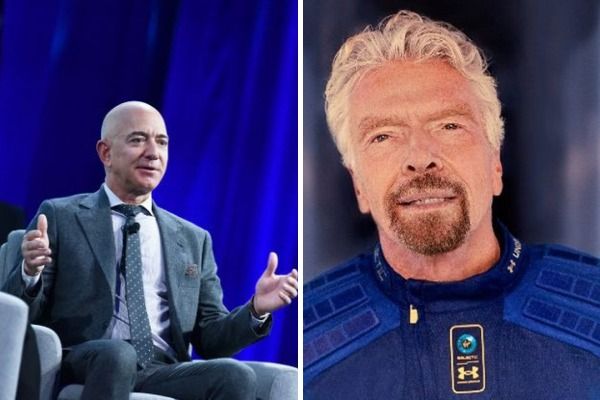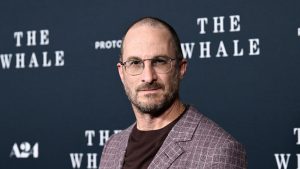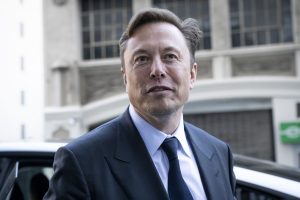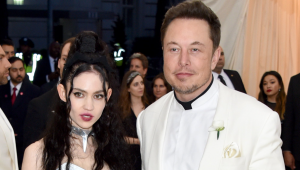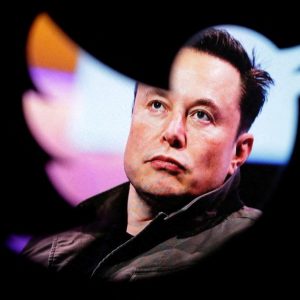Jeff Bezos took an 11-minute ride to the edge of space in his spaceship the Blue Origin New Shepard on Tuesday. The world’s richest man is however not the first billionaire in space; he was beaten to that spot by Virgin Galactic’s Richard Branson by a mere nine days.
But Bezos has his place in history for being part of the first unpiloted sub-orbital flight with a civilian crew. He also went higher than Richard Branson.
Also read: The three big companies jostling for Space
Branson’s Virgin Galactic ship had reached an altitude of 86 km (53.5 miles); Bezos’ New Shepard capsule reached an altitude of 66.5 miles (107 km), breaching what is called the Karman line at 100 km and allowing its passengers to experience weightlessness. Of course, it is all sub-orbital, which means neither billionaire entered Earth’s orbit.
There were four passengers – Jeff Bezos, 57, was accompanied by his brother Mark, 18-year-old Oliver Daemen, and Wally Funk an 82-year-old female aviation pioneer who reported that “It’s dark up here.”
Oliver Daemen, who is a Dutch student, became the youngest astronaut and the first paying customer for a seat on a Blue Origin flight to space. His father was a runner-up in a bid for a seat and Daemen got to ride because the anonymous winner of the auction opted out of this first flight.
“Best day ever,” Jeff Bezos said after their return to earth and also that he had a “very happy group of people in this capsule.”
Richard Branson, 71, had made his space voyage on July 11. He was accompanied by two pilots and three Virgin Galactic employees, Beth Moses, Colin Bennett, and Sirisha Bandla.
A third billionaire, Elon Musk, 50, is prepping for space travel too but trails the two older men in what has been pegged as a race to space to flag off space tourism for the wealthy.
Also read: How different are Jeff Bezos, Richard Branson, Elon Musk’s space rockets
Bezos Blue Origin space company acknowledged the rivalry two days before Branson’s lift-off, tweeting that those traveling on Virgin Galactic’s vehicle would forever have their name marked with an asterisk as they would fall short of the Kamran line, “internationally recognised” as the altitude at which space begins.
“From the beginning, New Shepard was designed to fly above the Kármán line so none of our astronauts have an asterisk next to their name. For 96% of the world’s population, space begins 100 km up at the internationally recognized Kármán line, Blue Origin said, and also, that “only 4% of the world recognizes a lower limit of 80 km or 50 miles as the beginning of space. New Shepard flies above both boundaries. One of the many benefits of flying with Blue Origin.”
The US government is part of that 4%. It awards astronaut wings to anyone who travels beyond an altitude of 50 miles, and Richard Branson and his crew proudly accepted theirs after the Virgin Galactic Unity flight. Less than 600 people have traveled beyond this altitude.
Elon Musk, no more in the race to be the first billionaire in space, is also not quibbling over altitude. Unlike the others, his SpaceX tourist flights are not aimed at sub-orbital space. SpaceX’s Crew Dragon can already travel to the Earth’s orbit.
For himself, Elon Musk has made a down payment to book a seat on a Virgin Galactic flight, at a later date, Richard Branson has said.

